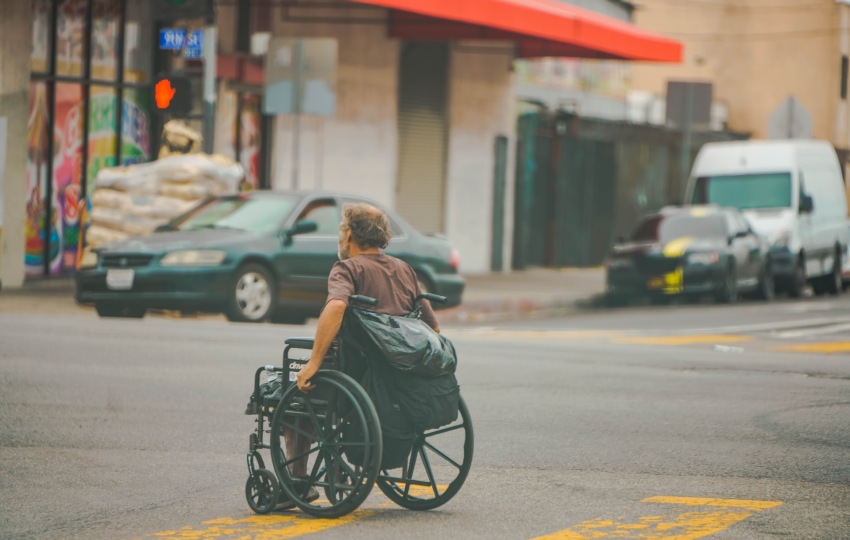Disability inclusion creates a level playing field for people with disabilities to participate in all aspects of everyday life. Without proper policies or provisions in place, disabled people are excluded from many activities that are considered essential to others.
All efforts of inclusion should support all activities on the socialization of people with disabilities. In other words, communities should make such arrangements so that people with disabilities have the potential to fulfill their socially-expected roles and activities.
Specifically, these roles and activities involve things that the majority consider essential. From being a student to becoming a parent or merely having access to public transportation, these things are not taken for granted by all.
What are the some of the most significant barriers that people with disabilities face?
Disability Inclusion Barriers
There are about one billion people who live with disabilities worldwide. The vast majority of those people live in developing countries and are mainly older people. Nevertheless, the perception of disability is not universal. Each country has its interpretations and thresholds to characterize someone as a person with a disability. Likewise, there are different cultures or systems to deal with the barriers this group of people faces. These barriers refer to:
- Attitude is the source of many barriers that people with disabilities face. Attitude relates to stereotyping and prejudice and directly correlates with how we deal with the problem overall. Many regard a disability as a tragic shortcoming of someone instead of proactively seeing the problem. Being proactive means considering a disability as a social responsibility to proactively accommodate disabled people to live a fulfilling life.
- Communication barriers are common with people who are having trouble hearing, speaking or understanding in general. For example, not many products have provisions for vision-impaired people like a description in Braille. Alternatively, only a few people learn sign language that creates a significant communication barrier for many.
- Physical barriers are everywhere. From the moment a disabled person steps out of home must deal with many obstacles. From walking on the pavement to coming down or climbing up the stairs, people with disabilities face various obstacles.
- Policy barriers are due to a lack of awareness of disability inclusion. Policy needs to ensure enforceable laws that guarantee equal participation to our fellow impaired citizens’ walks of life. Also, wherever this is impossible, the state should give benefits that guarantee decent living conditions. However, this should not be regarded as a charity (see attitude above) but rather as compensation for the State’s inability to provide equal opportunities to equal citizens under the law.
- Social barriers are everywhere and follow a person with a disability for life. These barriers have to do with how they grow, learn, work, live and age. For instance, people with disabilities are less likely to graduate high school, find work or have a good income.
- Transportation barriers make disabled persons dependent on others for everyday things. Either they cannot drive or do not have access to convenient private or public transportation means. This dependence on others hinders their ability to travel and, therefore, to maintain a stable job.
Conclusions
Different kinds of disabilities are all around us without really acknowledging the problem. We should all care about disability inclusion because it is literally about everyone. It is about your neighbor, your friend, your elder parents, or even yourself. We have a moral obligation towards people with impairments because that is what a community should do.
However, to the hard realists who will disagree on those grounds, they should remember that everyone is equal in most western constitutions. Under the law, we are all equal, but not everyone is treated equally. People with disabilities have to face society’s contempt due to prejudice and social stigma, but at times, the State itself’s indifference.
For this reason, the State needs to carefully consider the barriers that people with disabilities face and create a safe and accessible community for everyone.
In Touch project, that Institute of Entrepreneurship Development (iED) participates as a partner, wants to bridge the opportunities gap that disabled people face in their everyday lives. iED has extensive experience in social inclusion efforts that is excited to have the opportunity to put it into action for disability inclusion.

